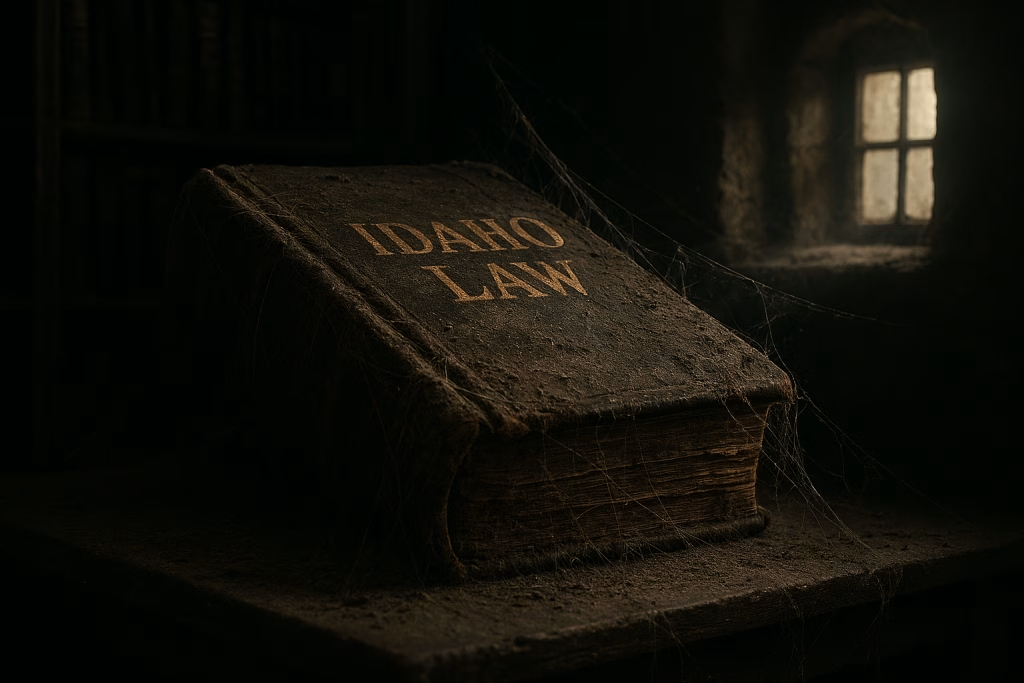Over the past few weeks, national discourse has been consumed by the question of whether or not Haitian refugees have been eating ducks, geese, cats, and dogs in the small town of Springfield, Ohio. It began when conservatives on Twitter amplified accounts of residents who claimed that this was happening, then national media outlets reached out to city officials who denied it.
That was enough for the supposed journalists who are little more than the communications staff for the regime. They called the claims “debunked” and slandered anyone repeating them, including Donald Trump and J.D. Vance, as racists.
Nevertheless, residents of Springfield and other small towns continued to share their stories. Users on social media began posting videos from across the nation showing people killing, cooking, and eating animals that Americans generally do not consider food. Yet the media continued to ignore the issue.
I don’t know whether every alleged incident is true or not. Jack Posobiec amplified a video someone took of his neighbor cooking some sort of animal in the backyard and said it was from Boise. Some said it was a dog, others a lamb — I couldn’t tell. I don’t even know if the video actually came from Boise, or if commentators misheard the source, who said his neighbors were Bosnian immigrants.
What struck me about the controversy is the way in which the left — the same people who always tell us that diversity is our strength, that we must respect other cultures, and that it is white supremacy to claim that our way is the only way — seemed to find the idea of Haitians eating geese and pets to be completely absurd.
To me, this represents a much deeper form of racism than those who notice such cultural differences. Leftists who engage in this rhetoric imagine that everyone on earth is basically like them, only with different skin colors and foods. I think a lot of leftists see the world as something out of Star Trek — a bunch of different alien races, all of whom agree on the issues that the leftist writers themselves believe in.
The real world is much different. The West, especially the United States, has become very sanitized, very disconnected from practices that were once considered normal. I found it a bit odd when I visited Spain two decades ago to find open air markets with dead chickens — heads and all — hanging from the walls. Most Americans are content to buy headless chickens wrapped in plastic, or even chicken meat that’s been rearranged into the shapes of dinosaurs.
There are many practices that we in the West consider barbaric that continue unabated in other countries. Catching a stray cat and barbecuing it on the side of the road will draw attention in Ohio, but it’s hardly the most extraordinary thing you’ll see on the streets of Port au Prince. It goes all ways though — we look askance at how eating dogs is considered normal in parts of China, yet Arab countries see us as dirty for keeping dogs as pets.
There are many customs in our own past that we would consider weird and barbaric today. The modern West is the culmination of many centuries of social evolution, and things like eating dogs or selling unsealed raw chicken unnerve us today.
Americans who have not visited Haiti (myself among them) can be shocked to hear firsthand accounts of voodoo sacrifices, eating dogs and cats, and even cannibalism. It’s ironic that the loudest “antiracists” are often those who know the least about foreign cultures. They have an idea in their minds that diversity is literally only skin deep, and react angrily when anyone pierces that delusion.

This is what multiculturalism really is, and what Americans have been shielded from for a century. America was a great melting pot of cultures at one point, drawing newcomers from England, Scotland, Ireland, France, Germany, Italy, Russia, Poland, and many other places. Each group brought their own unique traditions, yet each group also assimilated into a new and distinctly American culture.
Today, such assimilation is denounced as white supremacy. We’re told we must accept other cultures (which is all well and good) but then we’re called racist when we notice that some of these cultural practices are incompatible with the American way of life. This is the inevitable result of importing tens of thousands of migrants and refugees from very different cultures into the American heartland. How can the town of Springfield, Ohio — population 60,000 — possibly support 20,000 Haitian refugees? In any other context this would be called a genocide by the same people who are cheering it here.

This whole affair reminds me of the story of Sir Charles Napier, a British officer who led the conquest of the Sindh region in the 19th century. By modern standards, Napier would be considered a racist, a bigot, and a misogynist, but in his time he would have been rather progressive. He despised the Indian practices of slavery and widow burning.
There is a famous account of Napier attempting to put a stop to widow burning, which was known as sati. Village priests complained that this was their custom, to which Napier replied:
Be it so. This burning of widows is your custom; prepare the funeral pile. But my nation has also a custom. When men burn women alive we hang them, and confiscate all their property. My carpenters shall therefore erect gibbets on which to hang all concerned when the widow is consumed. Let us all act according to national customs.
If we accept that eating animals such as geese, dogs, and cats is a legitimate cultural practice for certain refugees and immigrants, then we must also have the courage to say that it is equally legitimate in America to uphold our laws, whatever they may be. (For instance, Canada geese are protected by law, and a person’s pets are certainly protected as property.)
Leftists need to let go of their cognitive dissonance. They believe that whatever white people do is bad and whatever so-called people of color do is good, leading to confusion when confronted with allegations of Haitian refugees eating cats and dogs. Their solution is to ignore it, claim it’s been “debunked,” and label anyone who brings it up a racist.
If you truly value diversity, then accept that different cultures have different customs, many of which you may find personally abhorrent. That’s okay. This is precisely why human beings have different countries, each with its own laws, allowing people to practice their customs in peace. Conflict arises when we try to artificially impose one culture on another, which is exactly what is happening in cities and towns throughout America today.
This is the question before the American people this year: Do we have a country? Do we have our own laws and customs? Or is it our righteous destiny to be overrun by cultural practices we thought we left behind many centuries ago?
Paid subscribers can click over to Substack for a bonus note about my personal experiences with multiculturalism. Thank you all for your support as I continue to bring you news and analysis that empowers you to make positive change in Idaho. Make sure to subscribe, follow me on Twitter, and follow the Chronicle on Facebook, Telegram, YouTube, and Rumble.
About Brian Almon
Brian Almon is the Editor of the Gem State Chronicle. He also serves as Chairman of the District 14 Republican Party and is a trustee of the Eagle Public Library Board. He lives with his wife and five children in Eagle.













